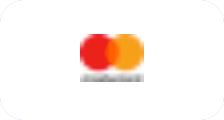Decoding Electronic Components Symbols: Understanding the Language of Circuitry
Introduction:
Electronic components symbols are visual representations used in circuit diagrams to convey essential information about the various components used in electronic circuits. Understanding these symbols is crucial for anyone involved in electronics, from engineers and technicians to hobbyists and students. This article aims to provide an overview of commonly used electronic components symbols and their meanings, allowing readers to decode the language of circuitry.
Resistors (R):
Resistors are passive components that resist the flow of electric current. Their symbol consists of a zigzag line, often accompanied by a value representing resistance in ohms (Ω). The symbol may also include a reference designator (e.g., R1, R2) for identification in circuit diagrams.
Capacitors (C):
Capacitors store electrical charge and release it when needed. The symbol consists of two parallel lines representing the plates of the capacitor, with curved lines indicating the connection to the plates. The symbol may include a value representing capacitance (in farads, microfarads, or picofarads) and a reference designator.
Inductors (L):
Inductors store energy in the form of a magnetic field. The symbol resembles a coil of wire and may include a value representing inductance (in henries) and a reference designator. Sometimes, an iron core within the coil is indicated by a straight line in the symbol.
Diodes (D):
Diodes allow the flow of current in one direction while blocking it in the opposite direction. The symbol is typically an arrowhead pointing in the direction of allowed current flow. A horizontal line is often added to indicate the cathode (negative terminal) side of the diode.
Transistors (Q):
Transistors are active components used for amplification and switching. Their symbols vary depending on the type (e.g., NPN or PNP) and configuration (e.g., common emitter, common collector). Generally, transistor symbols consist of three layers or regions connected by lines, representing the emitter, base, and collector.
Integrated Circuits (IC):
Integrated circuits contain numerous electronic components within a single package. Their symbols vary depending on the specific IC type, such as operational amplifiers, microcontrollers, or logic gates. Typically, IC symbols consist of geometric shapes with various connections indicated by input/output lines.
Switches (SW):
Switches control the flow of current in a circuit. The symbols represent different types of switches, including simple on/off switches, push-button switches, and toggle switches. The symbol may include additional information such as the number of poles (contacts) and throws (positions).
Connectors:
Connectors are used to join different components and circuit elements. Symbols for connectors vary based on their specific type, such as male or female connectors, coaxial connectors, or terminal blocks. The symbols typically depict the shape and number of pins or terminals.
Conclusion:
Understanding electronic components symbols is essential for interpreting and designing circuit diagrams accurately. This article has provided an overview of commonly used symbols for resistors, capacitors, inductors, diodes, transistors, integrated circuits, switches, and connectors. By familiarizing themselves with these symbols, electronics enthusiasts, engineers, technicians, and students can effectively communicate and comprehend circuit diagrams, facilitating the design, analysis, and troubleshooting of electronic circuits.
Disclaimer: The content provided in this article is for informational purposes only and does not constitute professional advice.

















